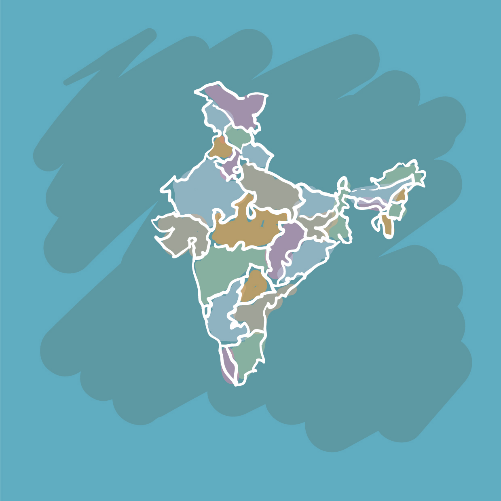Free Courses Sale ends Soon, Get It Now


Free Courses Sale ends Soon, Get It Now



Disclaimer: Copyright infringement not intended.
Context:
Highlights of the Report
Debt-to-GDP
Implications:
Interest Payments:
Contingent liabilities:
Implications
Old Pension Scheme
Implications
Read about Old Pension Scheme: https://www.iasgyan.in/daily-current-affairs/old-pension-scheme-ops
© 2024 iasgyan. All right reserved